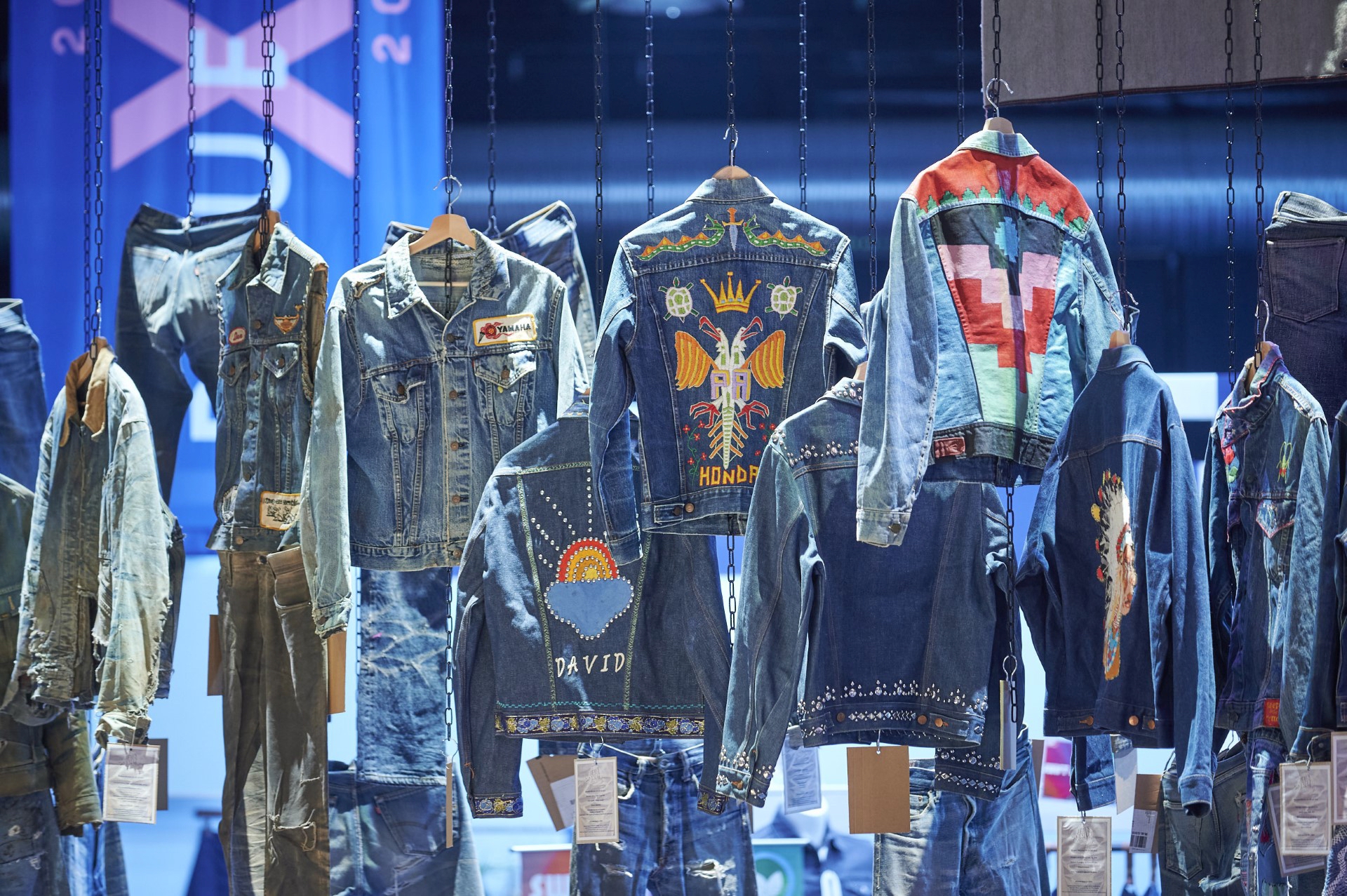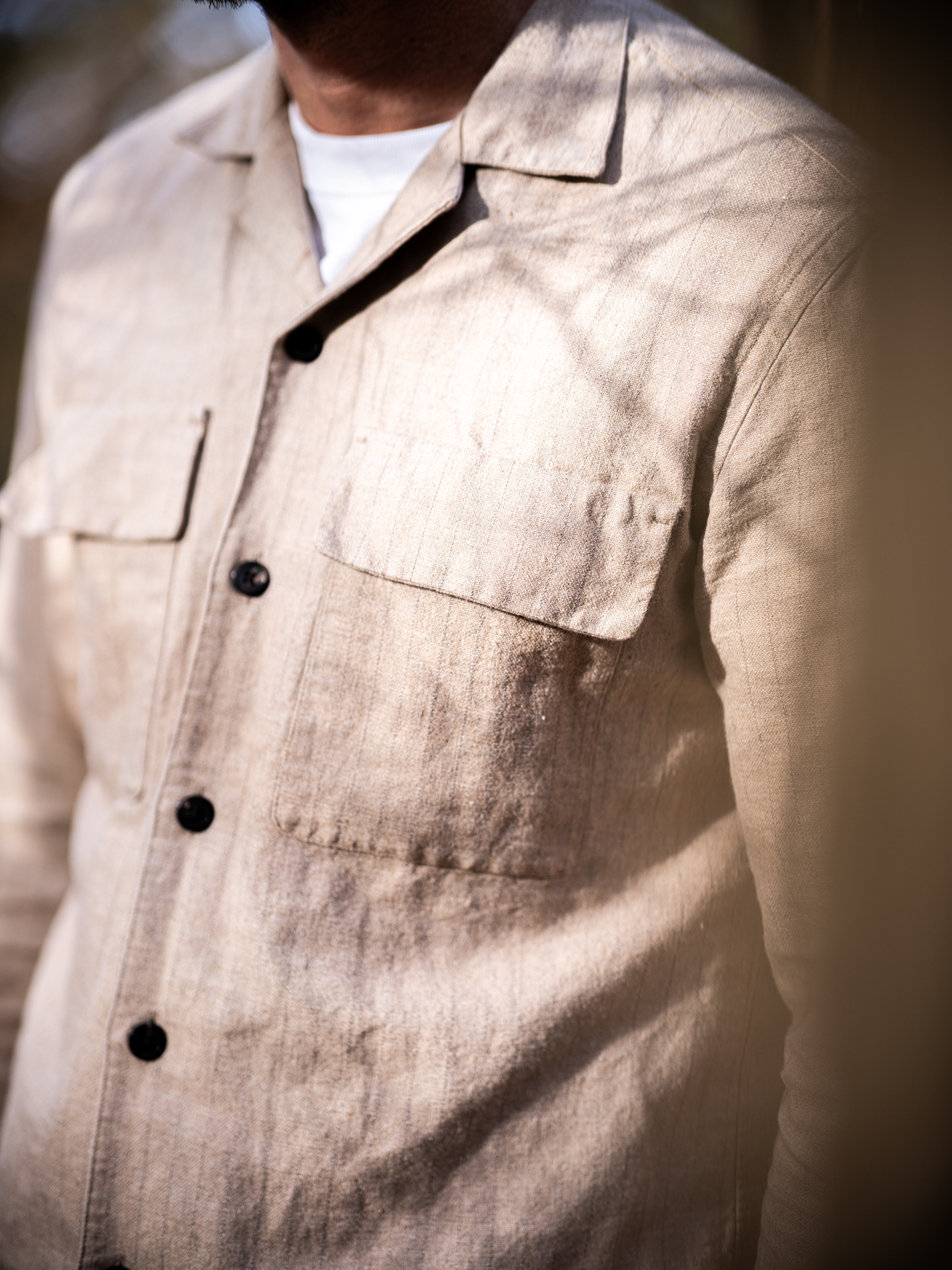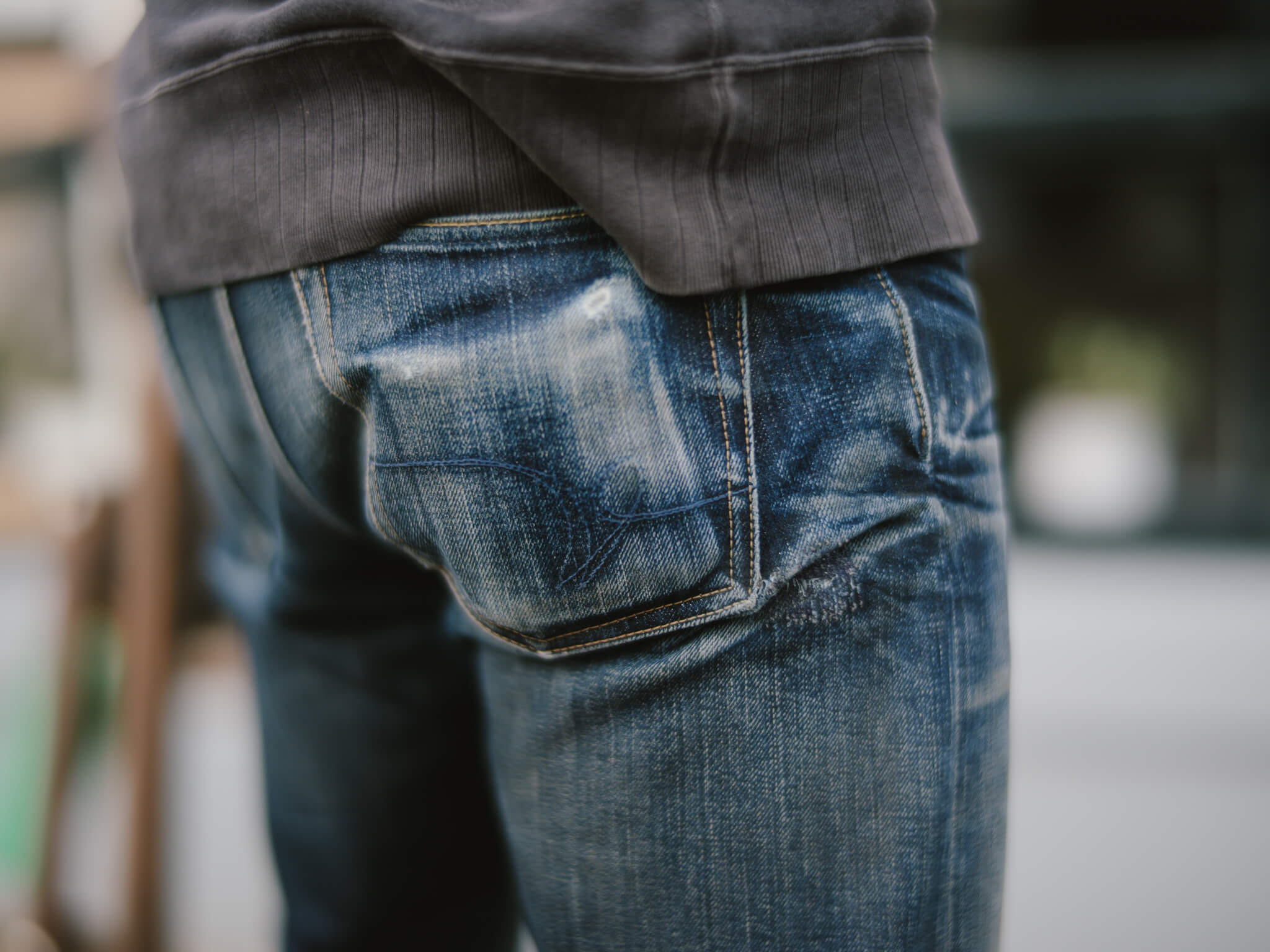Q&A with Ken-Ichi: Founder and 0wner of Pure Blue Japan
Pure Blue Japan is one of those brands that speak to everyone’s imagination once they enter the denim scene. Their irregular, slubby and textured fabrics represent Japanese denim in the purest form.
Pure Blue Japan, often mentioned as PBJ was founded in 1997 in Kurashiki-city in Okayama, Japan. Ever since their establishment, they have undoubtedly had a major influence on the development of Japanese denim. Over the years, PBJ have developed a unique production method that takes place on customized vintage machines. These customizations were necessary to allow PBJ to do what they do best – make some of the highest quality selvedge denim fabrics in the world.
Recently, we had the honor to sit down with Mister Ken-ichi Iwaya, founder and owner of Pure Blue Japan. During our conversation, Ken-ichi Iwaya explained why he started PBJ and we spoke about the secret behind his special fabrics.
Hopefully you will enjoy the conversation as much as we did!
Robin Denim (RD): Please could you start by introducing yourself?
Ken-ichi Iwaya (KI): My name is Ken-ichi Iwaya and I was born in Osaka, Japan. When I was a kid, our family moved to Okayama, because my father needed to travel for work. At that time, my older brother fell in love with vintage jeans and infected me with his passion. During my time in Okayama, my love for vintage denim became stronger and stronger, so I started to work at a textile sales company in Kojima. After a few years of working in the textile business, I started a new journey: Pure Blue Japan.
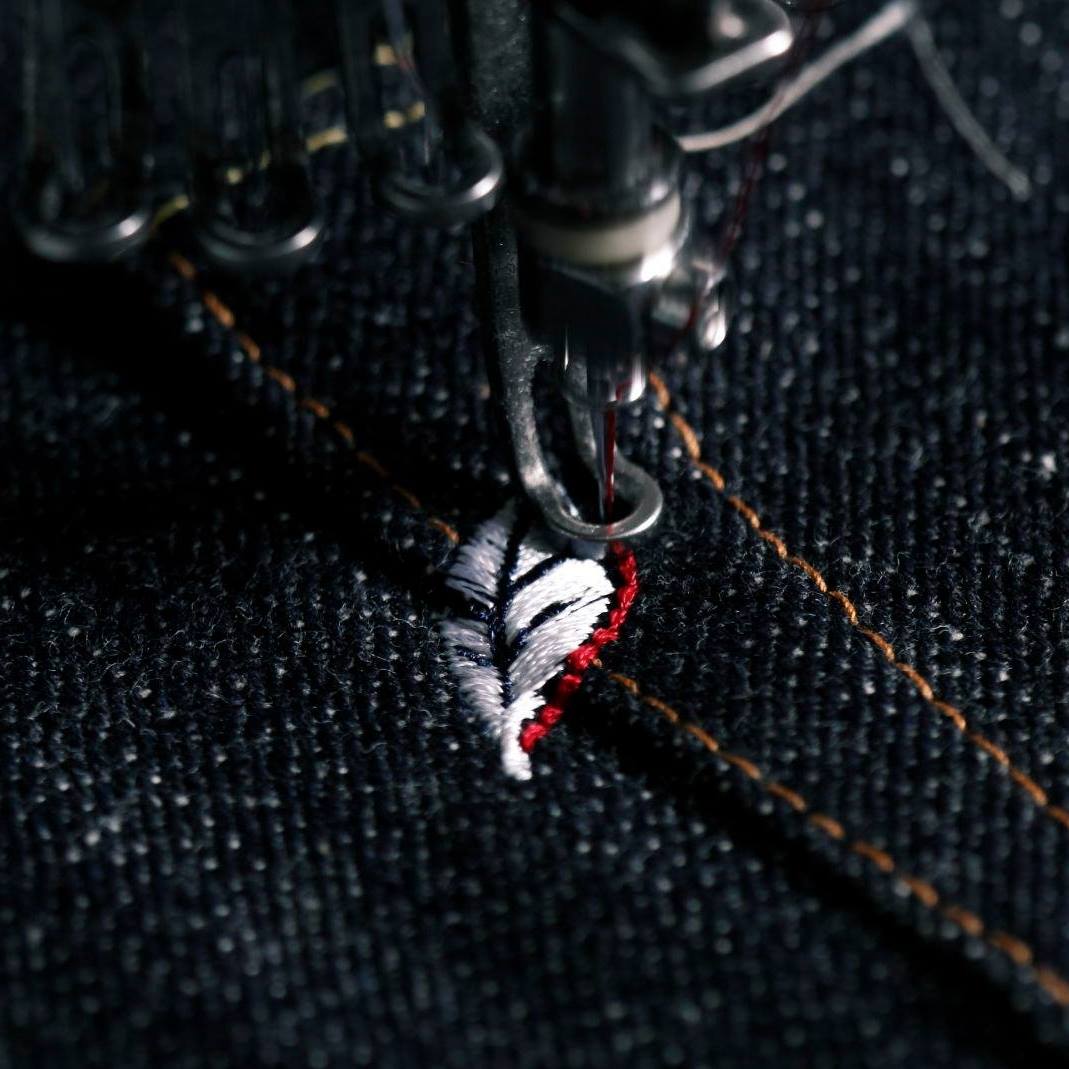
RD: What drove you to start Pure Blue Japan? What was your dream for PBJ?
KI: Like I said before, jeans had gotten under my skin, so the reason why I started PBJ is simple: I wanted to produce my own jeans. But at that time, I didn’t have any knowledge about sewing, or cutting fabric. Actually, the only knowledge I had was about the fabrics.
Luckily, I knew a lot of professionals in the industry who were willing to help me. For example, I knew employees working at mills, factories and other small makers. They all helped me with their expertise. Over the years, these craftsmen taught me how to make a pair of jeans, for which I am very grateful!
RD: Since its establishment, Pure Blue Japan has made huge developments. Can you please describe PBJ as it is today?
KI: Nowadays PBJ is run by only five people, including me. It is a small but seasoned team, making it a super-efficient. At PBJ all employees should be able to do all the tasks. For example, sometimes when it is busy, I do the packaging and shipment of the orders myself!
Although I really love Japan, it is a small and de-populating society. Therefore we focus PBJ on the overseas customer, mainly living in Europe and the USA. We are always looking for new customers, sales and promotions. Because we are operating in a small niche market, it is important to be able to change and handle issues quickly. It is very helpful to run the brand with only 5 people, making it super easy to change directions when necessary.
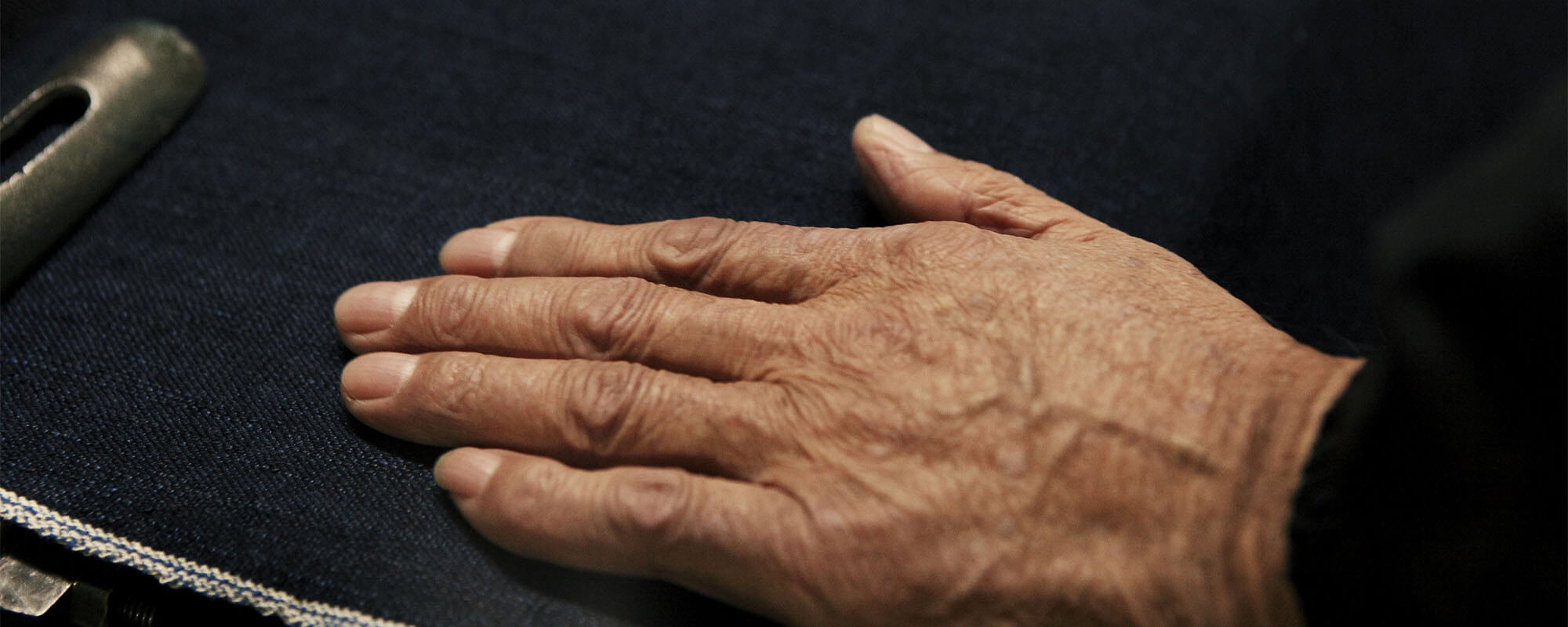
RD: What are the most significant signatures of PBJ? And what is the meaning of those signatures?
KI: Our fabrics are our most significant signatures. We focus completely on developing new high-quality and textured denim fabrics. Because of overseas expectations – expectations that we have created ourselves – we need to come up with new incredible fabrics every season.
Another iconic signature of PBJ is, of course, the leaf embroidery on the right back pocket. It is a reference to the natural indigo plant and has become a significant feature over the years.
RD: We agree that PBJ’s fabrics are a recognizable signature, what is your secret?
KI: We have a very good and long-time relationship with a small shuttle loom mill. They are respecting old artisanal traditions and we can rely on their expertise. Our secret is knowing this specific denim mill.
The artisans of this mill have a lot of knowledge about shuttle looms, and the production of denim fabric. Usually, when we want to develop a new product, we start from scratch and their expertise is very important to us.
Together with these artisans, we have been customizing the shuttle looms, so we are able to produce 100% original textured selvedge denim. By making these adjustments, the old shuttle looms can make everything we want. Most importantly, during the whole process, is the communication between PBJ and the mill.
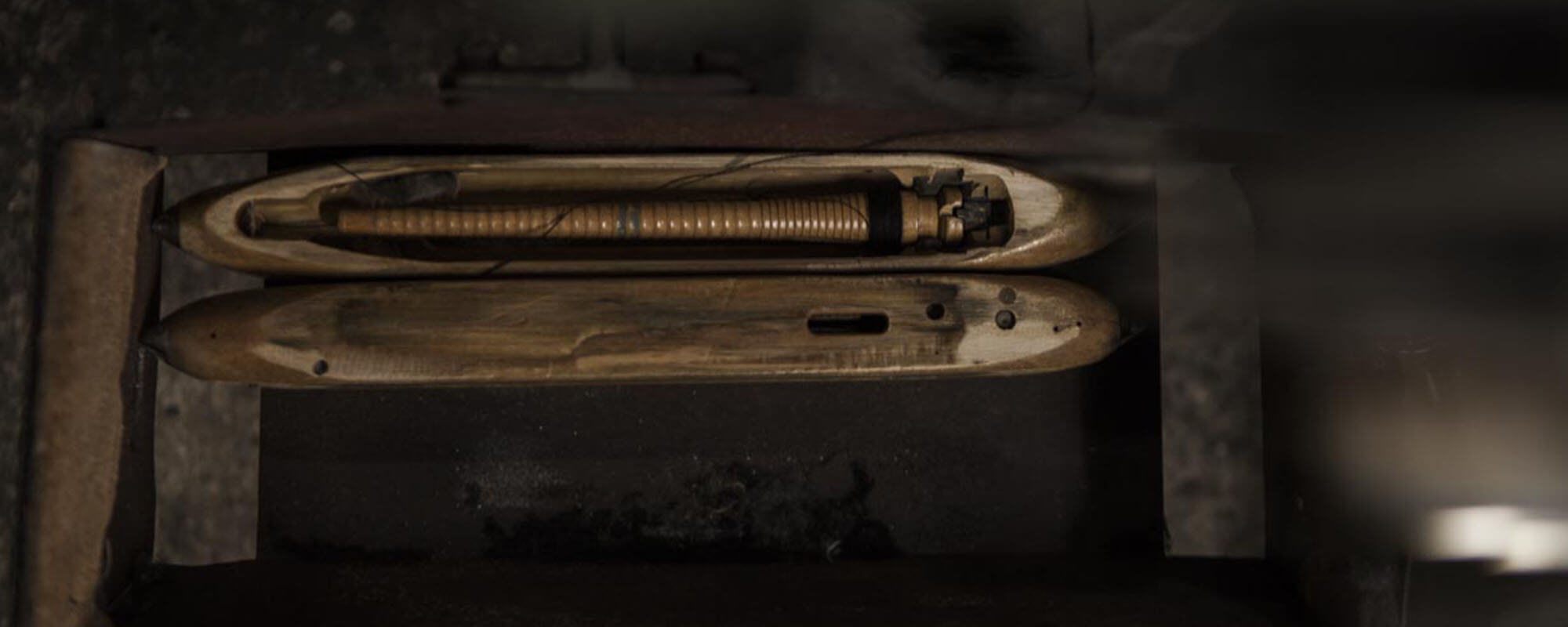
RD: What are the bestselling Pure Blue Japan items? And why are they are so successful?
KI: Our most popular items are the XX-019 and the XX-019WID. I think the biggest reason for the popularity of these items is the original slubby fabrics and the deep(er) indigo color. We are sad that we see a lot of similar items are being released nowadays.
RD: What sets Pure Blue Japan aside compared to other denim brands?
KI: Our sewing techniques. We use a lot of customized original sewing machines. If possible, take a pair of our jeans and compare it to other brands. When taking a closer look at our jeans, you’ll notice that we are using a thick yarn with a roomy distance between them. For this specific type of sewing, we need customized sewing machines that factories usually don’t have. Therefore, we provide the factories with our own original sewing machines. Sadly, it is most likely that our sewing techniques will disappear in the near future. The reason for this is the difficulty of using our customized machines. They are currently operated by experienced and old craftsman, whom will retire soon. It seems that the younger generation will not embrace those techniques, meaning that we have to search for other options. But let’s hope I am wrong!
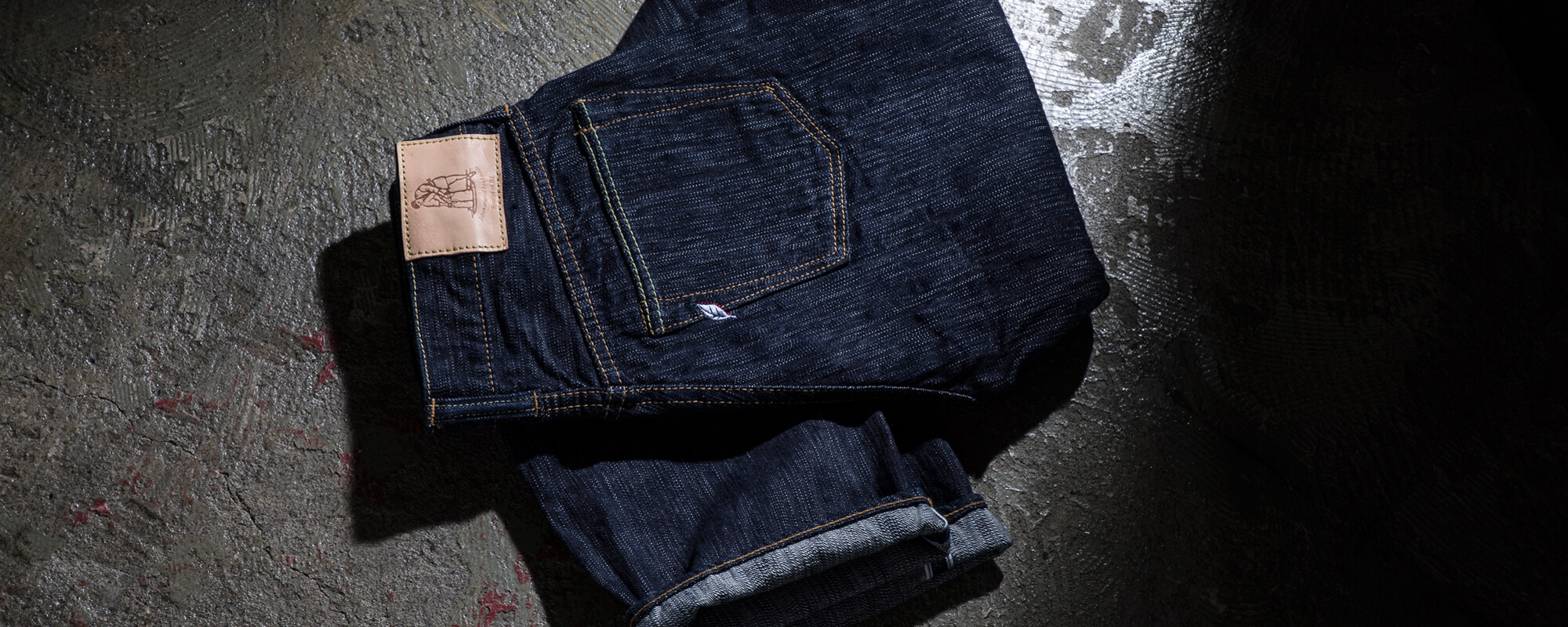
RD: Since PBJ is one of the oldest Japanese denim brands, you have been through a lot. How did the market evolve during PBJ’s existence? And how did PBJ evolve?
KI: Like you said, a lot has changed since we started our brand. Even today, we are still evolving. Our current challenge is to adapt to the changing social media needs. But, there are also things that haven’t changed at all. Take our vision on denim, or our approach when it comes to fits and designs, for example. They haven’t changed at all.
RD: What are the current trends within the Japanese denim market? Is it different compared to the European and American markets?
KI: Actually, there aren’t so many differences between the Japanese and overseas markets. The only difference that comes up in my mind is the difference in body type of Asian people compared to European people. Haha!
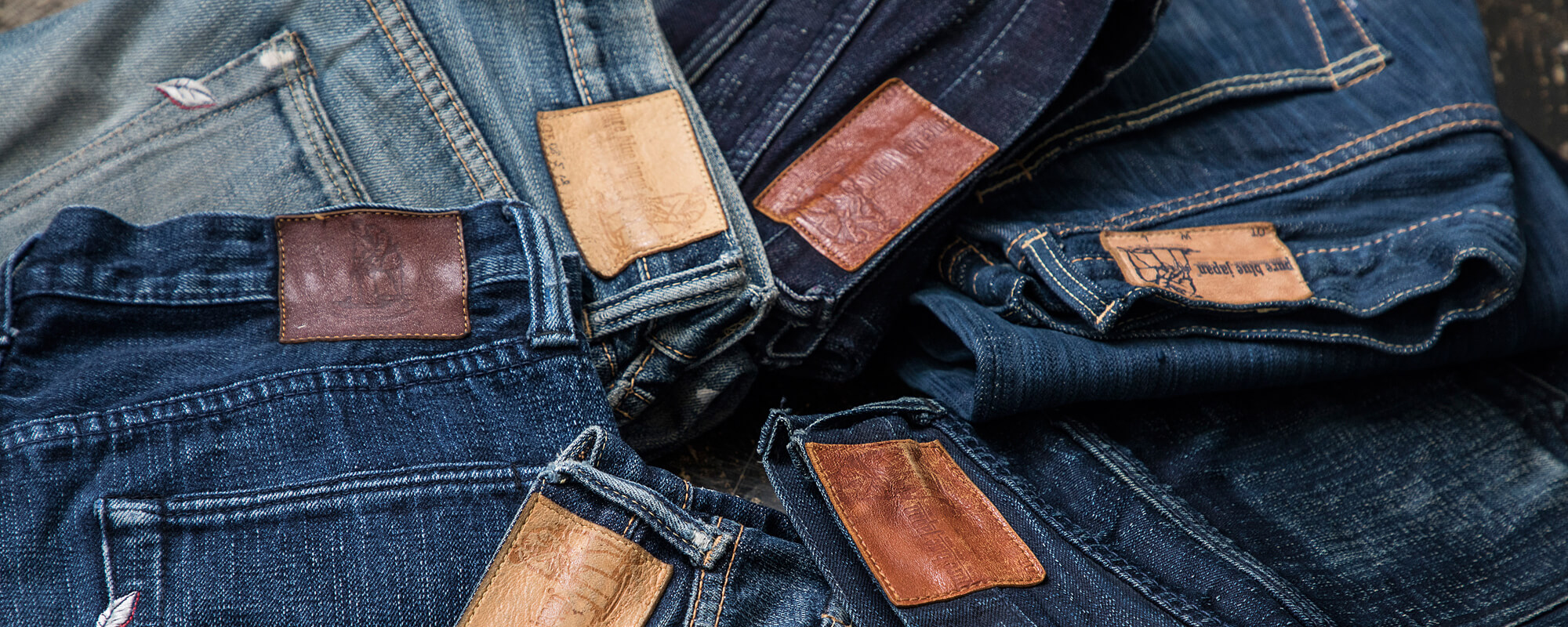
RD: What, in your opinion, is the reason Japan is seen as a ‘denim heaven’?
KI: Ummm…In my opinion Japan is not a denim heaven. Most Japanese companies are just continuing their processes at work. They are always trying to improve their products. We, the Japanese people, are calm and quite patient.
 Share
Share
 Tweet
Tweet

